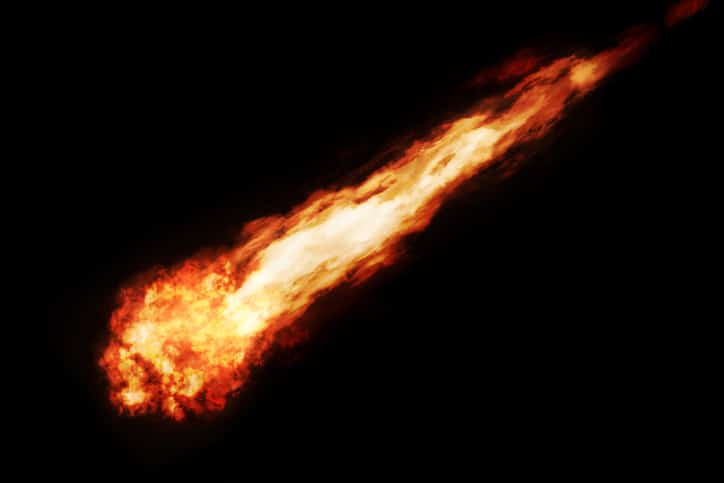NFPA 68-2018: Standard on Explosion Protection by Deflagration Venting provides criteria for deflagration (explosion) vents to minimize the potential damage brought on by the processing of combustible dust.
Combustible dust is surprisingly abundant. According to OSHA, facilities that process agricultural products (egg white, milk, sugar), agricultural dusts (alfalfa, apple, cotton, oat flour, malt), carbonaceous dusts (charcoal, coal, corn), chemical dusts (lactose, sulfur, ascorbic acid), metal dusts (aluminum, bronze, zinc), or plastic dusts (epoxy resin, vinyl alcohol, ethylene) can be at risk for a combustible dust explosion.
Many of these solid organic materials, metals, and nonmetallic inorganic materials are not normally combustible, but if the particles are of a certain size or concentration, they present fire or deflagration hazards. Measures for dust control, ignition control, prevention, and protection are crucial for various at-risk systems and components.
Numerous voluntary consensus standards are aimed towards providing safe conditions when combustible dusts and particulate solids are present. NFPA 652-2019: Standard on the Fundamentals of Combustible Dust details the basic principles on these, while NFPA 654-2017: Standard for the Prevention of Fire and Dust Explosions from the Manufacturing, Processing, and Handling of Combustible Particulate Solids supplements it, offering guidelines for all phases of the manufacturing, processing, blending, conveying, repackaging, and handling of combustible particulate solids or hybrid mixtures.
NFPA 654-2017, among its many guidelines, states that if a building or building compartment contains a dust explosion area external to protected equipment, the building or building compartment should be provided with deflagration venting in accordance with NFPA 68.
Deflagration Venting and the NFPA Standard
When deflagrations can potentially occur, deflagration, or explosion, vents can help. These often are installed in various at-risk industrial process components, including those designed to mitigate or control hazards of combustible dust, such as dust collectors, process vessels, duct or piping networks, and industrial structures.
A deflagration involves the propagation of a combustion zone at a velocity greater than the speed of sound in an unreacted medium, and it can be disastrous. However, deflagration venting serves to prevent structural failure, minimize injury to personnel adjacent to unoccupied enclosures, and prevent unoccupied enclosure rupture.
However, other interests should be incorporated in design. For example, the deflagration venting should be arranged to avoid injury to personnel by the vent discharge. In general, NFPA 68-2018 details a heap of considerations in relation to deflagration vents, including their design, location, installation, maintenance, and use, so that they can vent combustion gases and pressures resulting from a deflagration within an enclosure to minimize damage. It also details performance calculations.
NFPA 68-2018 revises and supersedes the 2013 edition of the same standard, and it contains the following changes:
- A guideline has been added to adjust the KSt values for certain metal dusts if the KSt value was obtained in a vessel smaller than 1 m3.
- An equation has been added to determine the hydraulic diameter for rectangular enclosures.
- Chapter 7 on venting gas mixture and mist deflagrations was reorganized to clarify the order and applicability of the various adjustments and corrections to vent area.
- A new Annex I, “Full and Partial Volume Gas Venting of a Building – Example Problem,” was added to implement equations and calculation procedures, including partial volume effects.
- The guidelines for determining KG were replaced with those for determining Pmax. The equations to determine the turbulent flame enhancement factor were revised.
- Chapter 8 on venting dust and hybrid mixture deflagrations was reorganized in order of intended execution.
- The equation for determining vent area for elevated or subatmospheric pressure was revised.
NFPA 68-2018: Standard on Explosion Protection by Deflagration Venting, 2018 edition is available on the ANSI Webstore.
